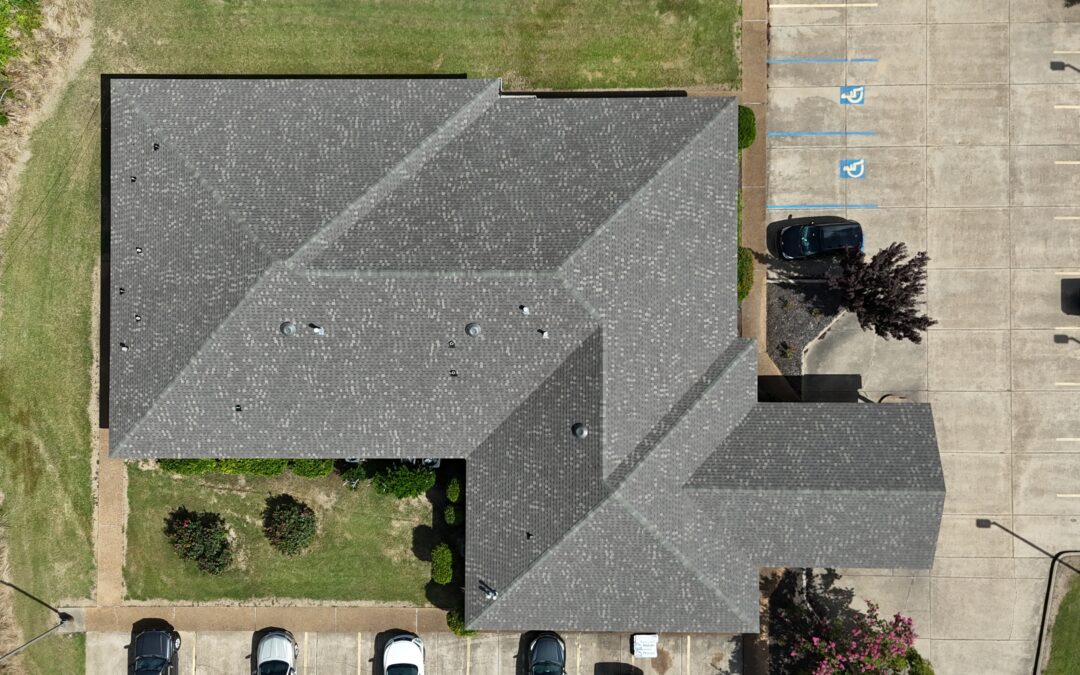Winter Roof Maintenance Checklist: Protect Your Home from Leaks, Ice Dams & Cold Weather Damage
Winter is a time when cozying up indoors becomes the norm, but it’s also a critical period for home maintenance, particularly for your roof. Neglecting roof maintenance can lead to significant financial repercussions, as untreated issues such as leaks and ice dams can escalate into major damage, increasing repair costs and decreasing the value of your home. By investing time in proper maintenance, you not only protect your home’s structural integrity but also save on expensive fixes and preserve your property value.
1. Thorough Gutter Cleaning
Cleaning your gutters might seem like a mundane task, but it’s pivotal for preventing ice dams and ensuring proper drainage. Ideally, gutters should be cleaned at the end of autumn and periodically throughout the winter to remove any new debris. Use a robust ladder, thick gloves, a garden trowel, or special gutter cleaning tools to scoop out leaves and dirt. For gutters, think of them like a bathtub drain; any blockage can cause overflow and potentially larger messes if not maintained properly.
2. Detailed Roof Inspection
Thoroughly inspecting your roof means understanding the type of roof you have and its unique issues. For instance, asphalt shingles are susceptible to curling and wear, while tile roofs may experience cracked tiles due to freezing temperatures. Use binoculars to check for visual damage or safely walk the surface if accessible. Consider hiring a roofing expert to identify less obvious issues such as membrane breakage or flashing corrosion. This inspection is similar to an annual health check-up—catching potential issues early can prevent complications later.
3. Optimize Attic Insulation and Ventilation
Proper attic insulation is akin to wearing layered clothing—both are designed to trap warmth effectively. Checking your attic for sufficient insulation can prevent the formation of ice dams and minimize energy loss, keeping your home warm efficiently. Consider using foam, fiberglass, or cellulose insulation materials, ensuring all areas are sufficiently covered without gaps. Adequate ventilation is equally vital to prevent moisture buildup that could lead to mold and structural damage.
4. Prune Overhanging Branches
Regularly pruning branches that hang over your roof is crucial in preventing damage from falling limbs weighted down by snow or ice. This task parallels clearing clouds off a runway, maintaining a clear space to ensure no surprises cause damage during severe weather conditions.
5. Install Roof De-Icing Solutions
Consider installing roof de-icing cables, a modern solution to preventing ice dam formation. These cables heat the roof’s edges to promote proper melt-off and drainage, essential for preventing water from backing up under shingles. Some experts suggest comparing these systems to the heating elements used in windshields, ensuring constant visibility by preventing ice accumulation. Refer to the Natural Resources Canada for guidance on selecting energy-efficient models.
6. Regular Post-Storm Evaluations
Post-storm evaluations help identify potential roof damage including shingle loss, gutter detachment, and ice dam formation. After storms, safely remove excess snow using a snow rake or similar long-handled tool to reduce weight stress, and inspect for any signs of leaks or damage within your attic immediately after.
Innovative Technologies in Roofing
The advent of new technologies promises additional protection against cold weather damage. Consider smart roofs equipped with temperature sensors that alert you when preventive steps are required. Roofing materials like synthetic slate or solar shingles provide added durability and energy conservation. These innovations reflect the growing trend toward incorporating digital solutions in home maintenance, enhancing durability and efficiency.
Future Implications of Effective Roof Maintenance
According to current climate models, the frequency and intensity of winter storms are expected to increase, making robust roof maintenance more critical than ever. This could prompt shifts in roofing industry standards toward more resilient materials and techniques for mitigation. As homeowners adopt more technologically advanced roofing solutions, they may also see an impact on home insurance rates and overall property investment returns. Insights from the roofing industry suggest a continual pivot toward eco-friendly materials to better withstand climate variability.
Conclusion
Winter roof maintenance is a vital, proactive step in ensuring that your home remains a safe and warm haven in cold months. By following this comprehensive checklist, homeowners can stave off potential damage and costly repairs, embracing peace of mind as they face the frosty season. A well-maintained roof shields not just against the cold but also against unexpected financial burdens, securing your home and your future.

